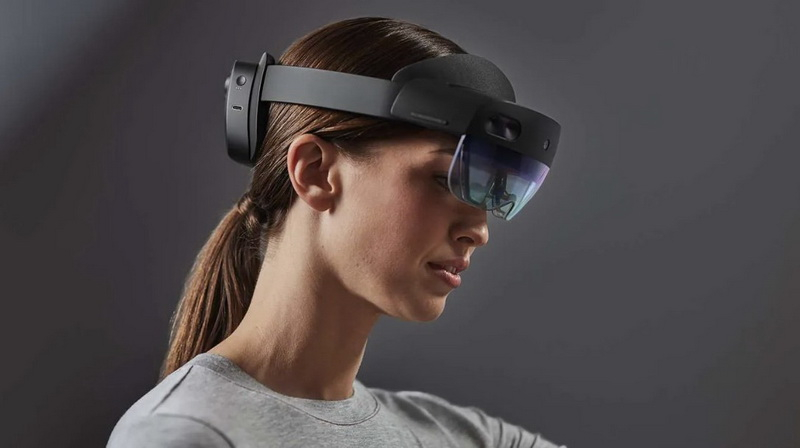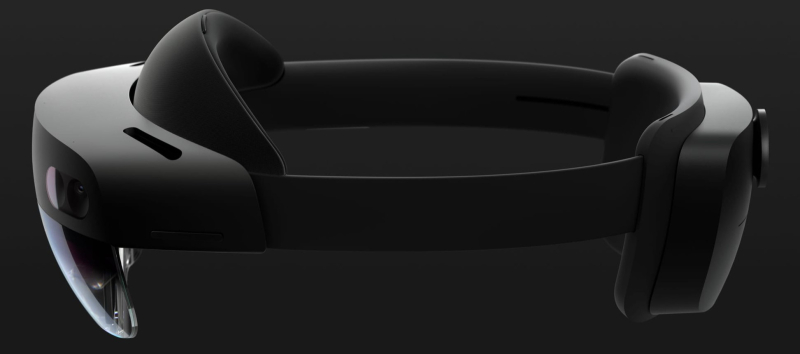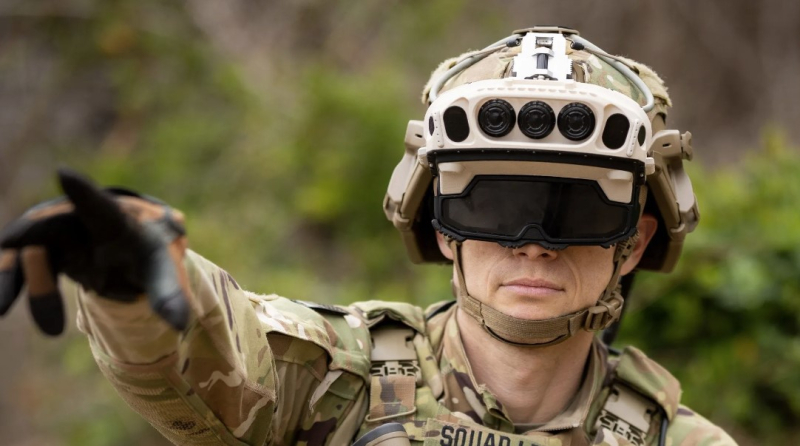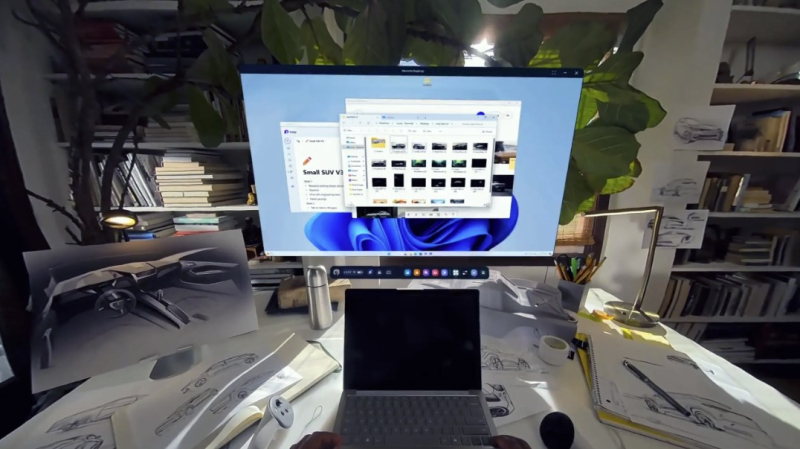Microsoft has stopped production of the HoloLens 2 virtual reality headset. Consumers and business customers have one last opportunity to purchase it before the device runs out of stock. According to the UploadVR portal, HoloLens 2 will receive “critical security and software updates” until December 31, 2027. At the beginning of 2028, software support for the VR headset will be discontinued.

Image source: UploadVR
The original model of the HoloLens VR headset, which Microsoft released in 2016, will lose support on December 10 of this year, that is, literally in two months. Production of this headset was discontinued back in 2018. HoloLens 2 was released in 2019, three years after the original, and offered improvements in almost every aspect. The second version of the device has a better field of view, supports higher resolution, has a function for tracking the user’s eyes, and generally improves the system for monitoring the user’s hand movements. In addition, the headset is equipped with more powerful components and has a more comfortable fit.

Due to the fact that the mass availability of VR headsets with support for end-to-end viewing (through the visor you can see the real space in front) was still years away, as well as the fact that Magic Leap at that time was still focused on the consumer VR segment, HoloLens 2 has dominated the enterprise AR market for several years. However, by modern standards the device is still outdated. While HoloLens 2 has a wider viewing angle than its predecessor, it is smaller than what more modern VR headsets offer.
Magic Leap entered the enterprise VR market just a month after the release of HoloLens 2. In 2022, it introduced the Magic Leap 2 virtual reality headset with a wider viewing angle and more powerful hardware. Against the backdrop of more expensive, but at the same time more interesting XR mixed reality headsets from Varjo and Apple, as well as more affordable Meta✴ headset models that have pass-through support, HoloLens 2 simply got lost.
Microsoft hinted at the possible release of HoloLens 3 a couple of years ago. As a result, as the media wrote, the device was abandoned due to “confusion and strategic uncertainty” within the company. In 2022, the leading developer of mixed reality technologies, Alex Kipman, left Microsoft, and in 2023–2024, the company’s VR division significantly reduced its workforce.

Although the consumer version of HoloLens 2 is being retired, Microsoft told UploadVR that it will continue to develop the military version of the HoloLens IVAS VR headset. The US Army plans to conduct new operational tests of the device in early 2025 before deciding whether to begin full-scale production of the VR headset by the end of next year.

Microsoft has also focused on collaborating with Meta✴. This partnership has now resulted in support for Xbox Cloud Gaming and the web version of Office in the Horizon OS operating system used by Quest headsets. Coming soon to this list will be support for automatically projecting a large virtual screen on Windows 11-based laptops just by looking at the laptop.